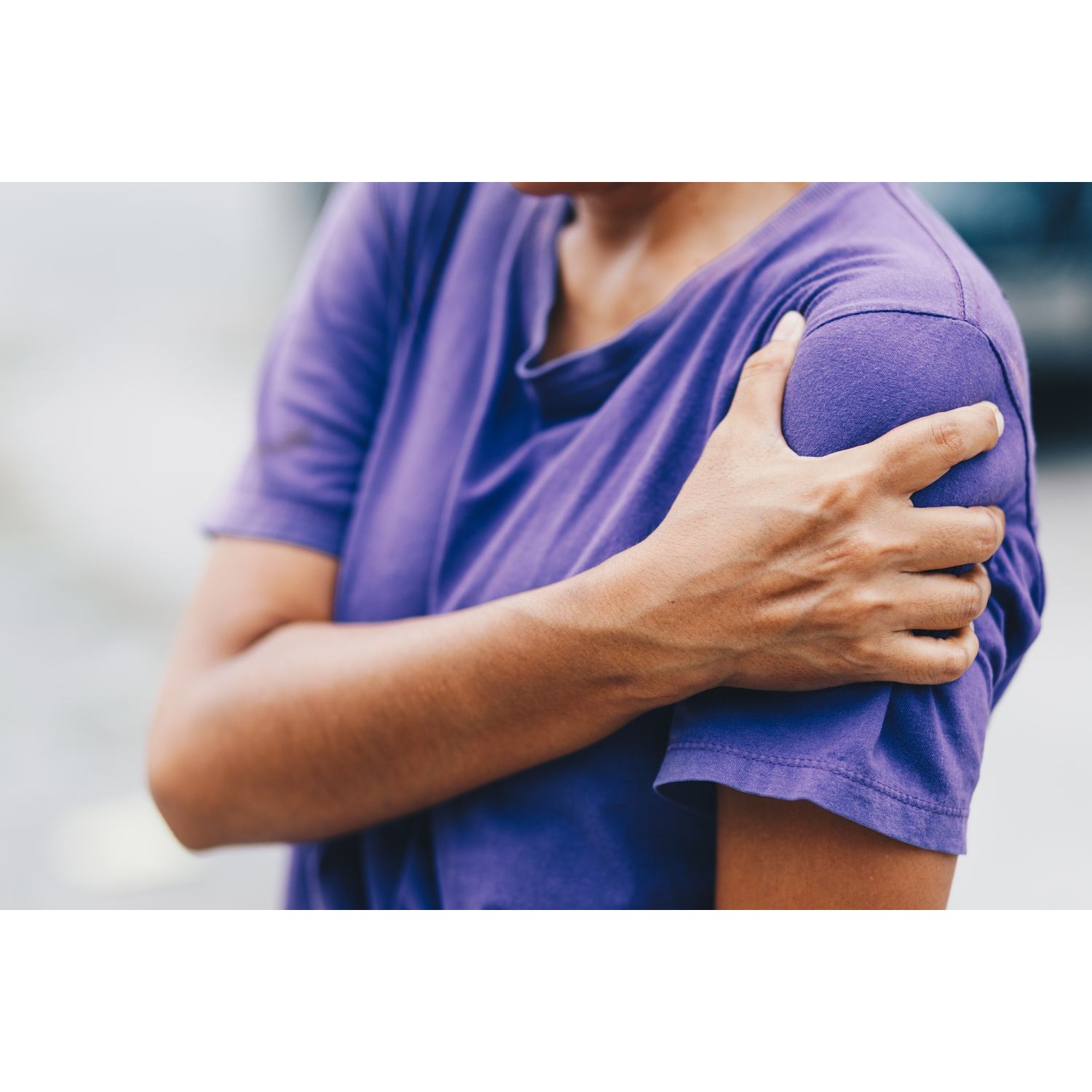



BEST SHOULDER BURSITIS PHYSIOTHERAPY TREATMENT IN NEW FRIENDS COLONY-PHYSIOTHERAPY Shoulder bursitis is the result of inflammation in the bursa. The bursae (bur-SEE) are potential fluid-filled sacs that are part of the skeletal system. They cushion the space between bones and connective tissue, allowing tendons, muscle and bone to move together. In the shoulder, the subacromial bursae cushion the area between the rotator cuff tendons and the acromion (the highest point of the shoulder blade or scapula). Bursae allow the tendons and bones to glide without friction when you move and lift your arms. Injuries or overuse can cause fluid to collect in bursae, causing bursitis. Painful swelling may come on gradually or suddenly. Healthcare providers may use the medical term subacromial bursitis or rotator cuff tendinitis to refer to bursitis that affects the shoulder. What are the types of shoulder bursitis? The different types of shoulder bursitis include: • Chronic: Repeat injuries or repeated incidents of acute bursitis can cause chronic shoulder bursitis. It’s the most common type of shoulder bursitis. You may have periods without symptoms and then have symptom flare-ups (return of symptoms) that last several months. Over time, this ongoing inflammation can cause arm and shoulder weakness. Many people learn how to adapt to the pain (term accommodation). This may lead to other regional pain (think different area of the shoulder, neck or elbow pain). • Acute: This type comes on suddenly, often from an accident or injury. Touching or moving the shoulder causes pain. • Infectious (septic): In rare cases, bacterial infections like staph infections cause infectious (septic) shoulder bursitis. The shoulder may look red or purple and feel warm to the touch. In this rare case, you may have a fever and feel sick. You may have severe shoulder pain. Symptoms and Causes What causes shoulder bursitis? Bursitis most commonly affects the shoulder, but it can develop in any joint. Shoulder bursitis is often the result of overuse or repetitive shoulder movements. Overhead activities increase friction between bones and tissues. This ongoing friction can inflame and irritate bursae. When fluid builds up in the bursa sacs, you have bursitis. What are the symptoms of shoulder bursitis? Shoulder pain from bursitis can come on suddenly or gradually. You may experience a dull ache, sharp pain or mild tenderness. Other signs of shoulder bursitis include: • Shoulder stiffness or a feeling of swelling. • Painful range of motion. • Nighttime pain when lying on the affected side. • Sharp or pinching pain with overhead shoulder motions. Diagnosis and Tests Your healthcare provider will perform a physical exam to assess shoulder pain and range of motion. You may also get these diagnostic tests: • X-rays to check for arthritis, bone spurs and other problems that can affect the shoulder. • MRI or ultrasound to look for inflammation in bursae. • Joint aspiration to drain and test fluid in the bursa for infection or gout. Management and Treatment Bursitis can easily manage by physical therapy treatment by strengthening the weak muscles, stretching the tight muscles and by the help of manual therapy like mobilization to improve range of motion. We have a team of highly skilled professionals who deal with such conditions and specialized in these kinds of conditions, we also provide services in new friends colony, maharani bagh, east of kailash, sukhdev vihar and jasola.
We hate spam too.